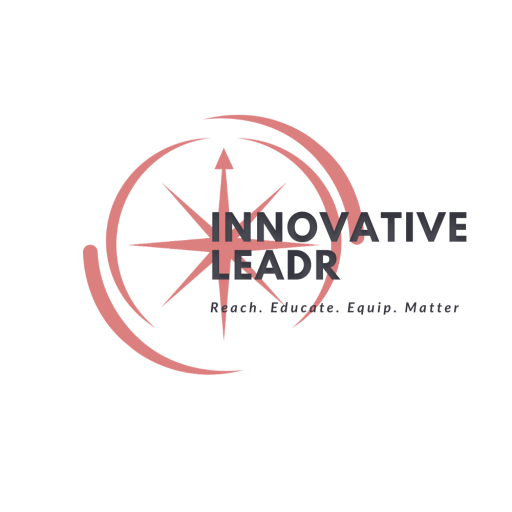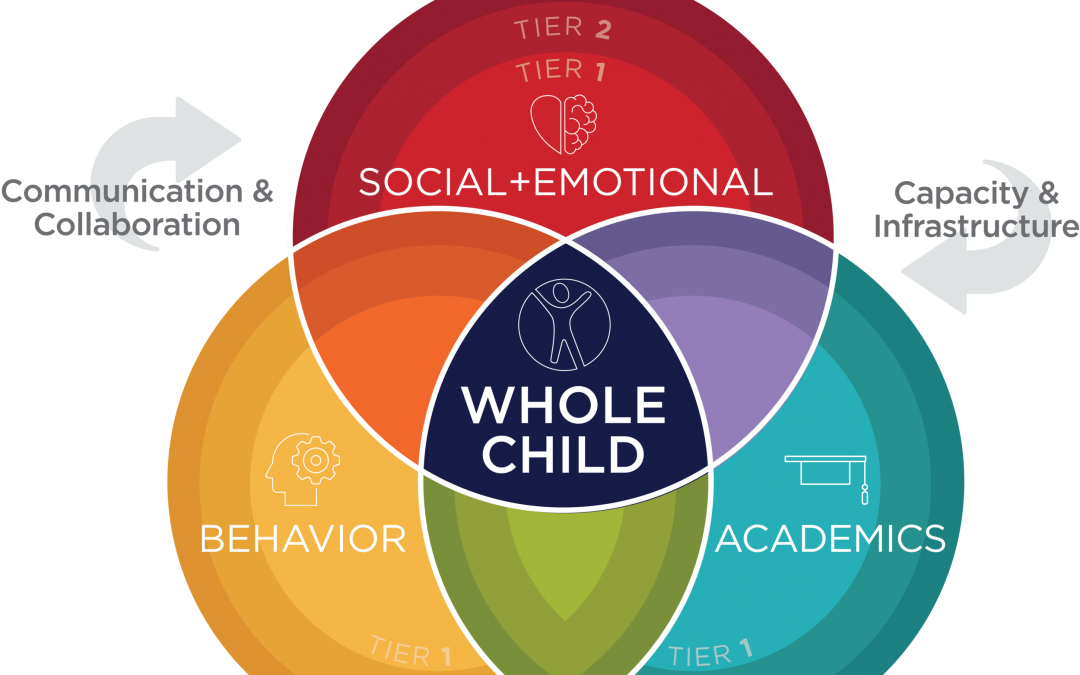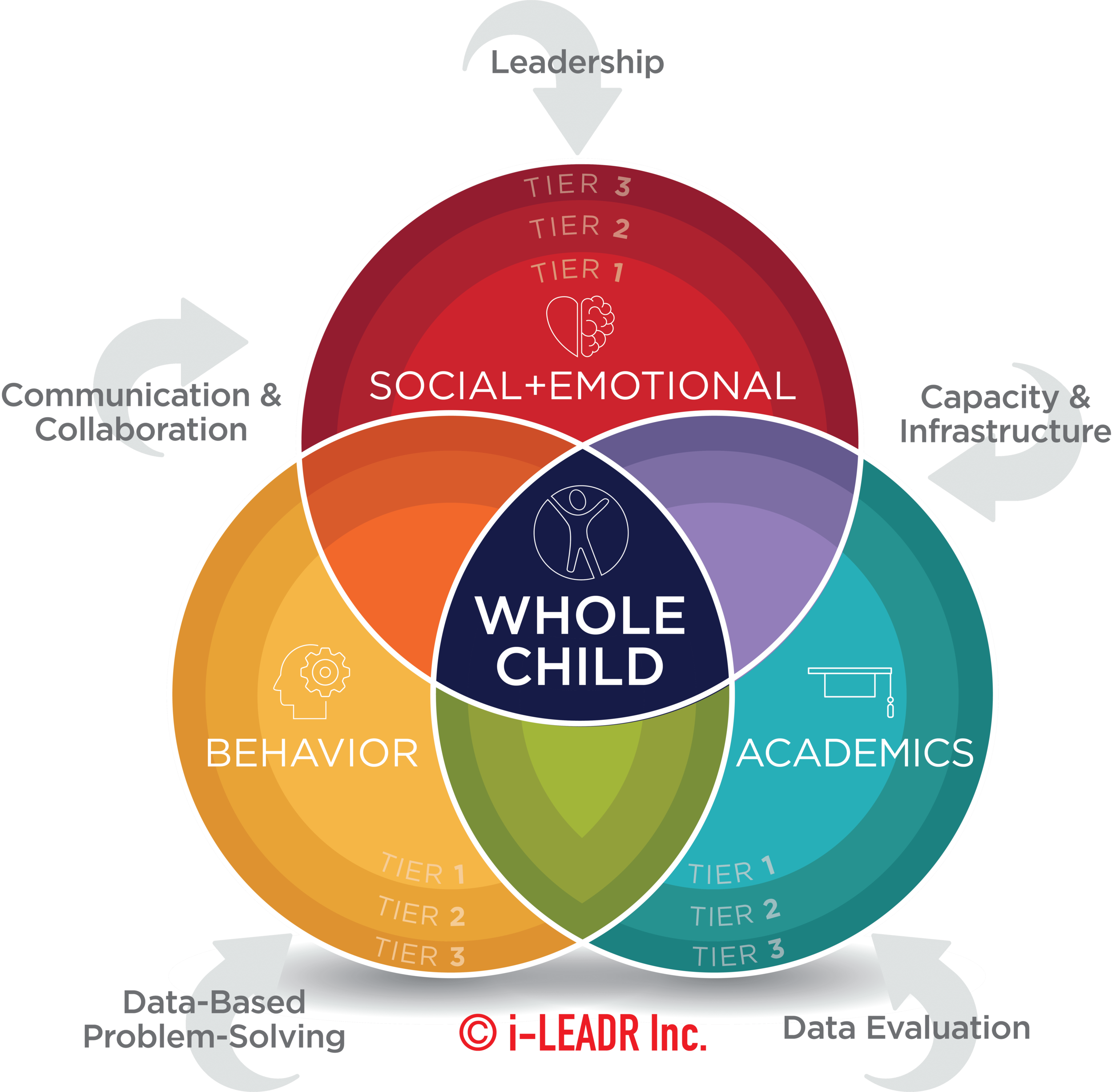
It’s Not an Issue Until It’s Your Child

My Secret Life
A True Story to Engage and Supervise Your Child or Student
Written By: Adam Simon – EB Intervention Team
Addiction was not a very important conversation in my family until it was about me. No one would have ever believed that I would end up looking at a seven year prison sentence at 22 years old from where I came from. I had a wonderful life.
I often hear that addicts have something really wrong in their lives or something missing that causes a life of ruin to take place. We hear many uninformed well meaning people share that the breakdown of the family unit, godlessness, or childhood trauma is to blame for the plight of the addict. They could not have helped it, we often hear. I share my story to poke holes in those narratives of addiction. I have not seen an entity in our society that is more egalitarian than addiction. It is no respecter of race, color, language, gender or socio economic background. It will consume and destroy the lives of those it afflicts. It is a rapacious creditor to all those who are involved with the one afflicted.
My parents are some of the most incredible Christians I have ever met. They have been engaged in a loving marriage for over 42 years. Many of our family friends have a sort of jesting jealousy towards the love affair and relationship they have. They raised us in a faithful home where love and forgiveness were the keystones of my childhood. Our parents read us the bible and prayed with us daily. We were a family that ate meals together at a round wooden table with our assigned seats every dinner throughout my childhood. My sister and I were loved fully and often overfed, as I like to say. We won the ovarian lottery. My family was often referred to as The Cleavers. We were raised in a small one red light town in Tennessee, where my family was well known and of the top 2% of wealth in our area. We seemingly had a life that would create a safeguard from the darkness of the world. Not you, right?
I was 12 years old the first time I grabbed my first bottle of alcohol and started my journey towards drug addiction and alcoholism. Within six months of my first drink I had gotten drunk alone and begun to smoke weed, inhale synthetic and designer drugs, and found pharmaceutical means of self medicating. At 16 it was cocaine and by 18 I had found methamphetamine. I was arrested the first time in a 3rd world country when I was 17 and had participated in a myriad of local, state, federal and international felonious acts as a result of my drug addiction. During this period, I still excelled in academics, athletics and frequented church and church events. I was able to recover quickly and utilize very small amounts of time and money to engage and to grow my addiction. I learned quickly how to navigate my life with my addiction. I always had a preparation pack in my car that included a change of clothes scented hand lotion and eye drops to cover my tracks. I always showed up to church events and birthday parties and family events late and left early to create my alibi with my timeline for each day. I always asked for more money each week for lunch and gas and used 20% of it so I could have the majority to buy what I needed. I began to steal food and cheat people in deals at a very young age so that I could stretch allowance each week further. I was constantly in a state of preparation and calculation to contribute to my habit. It quickly turned to education and manipulation of street life and building deliberate and organized networks to create opportunities to increase my activity and engagement with my addiction. A typical Tuesday would include me leaving a white upper middle class home and neighborhood and going to a private college preparatory school and going to soccer practice and getting something to eat with friends and coming back home, is what was seen. The reality of that Tuesday was quite different. It really went like this. On the way to school I would take a low milligram of benzodiazepine (xanax), I would get to school and then have an open period and open campus lunch. I would ask mom for 40 dollars for lunch and gas. I would go get something to go from the lunch cafeteria and charge it to my account. I would go out for lunch, split a 6 pack of beer or go and smoke a joint.
I would come back from lunch. I would then not have soccer practice start until 3:30, and school would end at 2:45. I would leave school and drive to one of my friends’ house before parents got home from work and smoke another joint. I would then return to school and go to soccer practice. I would then end practice at 5:00, and tell my parents it ended at 5:30.
I would then take that time to go and do some work for the streets. I would call a couple guys and see what they wanted from the upper class society. I would then take an order, call my contacts and make transfers. I would get the drugs at one price and sell at a high price and would earn bonuses for the product as I did more work. I was a mule at first but grew in the enterprise and that was when I was 16 to 18 years old.
Addiction is often not a relevant issue in many communities until it’s your child or someone you love. It often only takes a certain family to highlight the nature of addiction. It’s important to understand that in many communities kids like me will start their journey this year. However, there is hope in this process. We can and we do recover from a seemingly hopeless state of mind and body. Our engagement and supervision in our kids lives are of the utmost value.
3 Simple Steps to Engage and Supervise Your Child or Student
- There are many different applications and services available. A few top rated apps are called Bark, Qustudio, and WebWatcher. Your kids will revolt at the mention of this application, however it is vital for you to understand about their life online. It will give you a more accurate picture of where they are.
- Take a look at all of their friends and the places they frequent. A real strict assessment of the places and people in your kids life is paramount. You need to know the influences in their lives. It’s very important to not dismiss family. Family often lends itself to the most access available for your kids.
- Schedule regular time to be with each of your kids. This time should not be family time. Spend time individually with each one of your kids on a regular basis. Time with each child creates a different level of closeness as they grow up. So often I counsel kids to reach out and sit down with their parents and share openly and honestly, and they don’t know how to do that. It must become a necessity in your lives. I would strongly encourage you to do this without any technology. It will force that time to be more meaningful. Sit down, ask your child how they are doing and then just listen. We so often as parents assume the authoritarian and teaching role, we forget to hear them.
To read and learn more from the EB Intervention Team, click here.
Do you or someone else you love suffer from drug or alcohol addiction? Do you need support?
Please Contact Us:
Info@EBInterventrion.org
https://ebintervention.org/
(615) 482-1831









